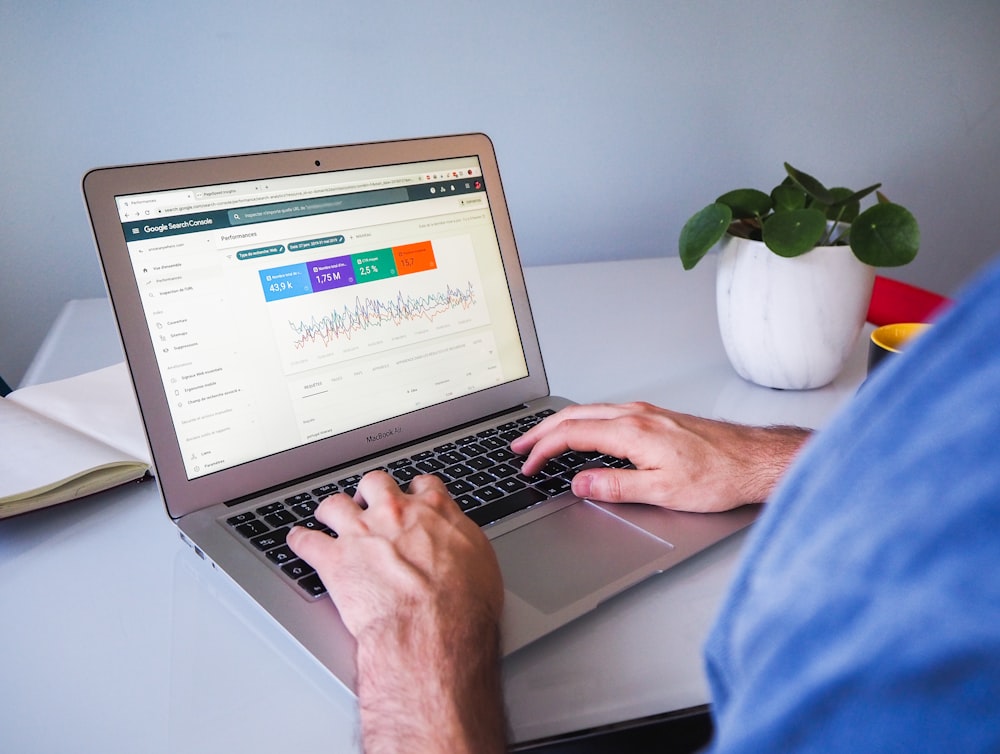Increase website traffic and rank on the first page. Getting traffic to your website or blog and ranking it on the first page of search results requires a combination of strategies and ongoing effort. Here are some steps you can take to improve your website’s visibility and increase organic traffic:
- Keyword Research:
- Identify relevant keywords and phrases related to your content. Use keyword research tools like Google Keyword Planner, SEMrush, or Ahrefs to find high-traffic and low-competition keywords.
- High-Quality Content:
- Create valuable, informative, and engaging content that addresses the needs and interests of your target audience. High-quality content is more likely to rank well and attract organic traffic.
- On-Page SEO:
- Optimize your content for search engines by including your target keywords in the title, headings, meta descriptions, and throughout the content.
- Use descriptive alt tags for images.
- Ensure your website has a clean and user-friendly structure.
- Mobile Optimization:
- Make sure your website is mobile-friendly and responsive, as Google gives preference to mobile-friendly websites in search rankings.
- Site Speed Optimization:
- Improve your website’s loading speed. Faster websites tend to rank better in search results. You can use tools like Google PageSpeed Insights to identify and fix speed issues.
- Backlink Building:
- Acquire high-quality backlinks from reputable websites in your niche. Guest posting, outreach, and creating valuable content are some ways to earn backlinks.
- Social Media Promotion:
- Share your content on social media platforms to increase its visibility and potentially attract more visitors.
- Email Marketing:
- Build an email list and send newsletters with links to your new content to your subscribers. This can help drive traffic to your website.
- User Experience (UX):
- Ensure that your website offers a great user experience by having a clean design, easy navigation, and clear calls to action.
- Regular Updates:
- Keep your content up-to-date and regularly publish new content to signal to search engines that your website is active and relevant.
- Local SEO (if applicable):
- If your website serves a local audience, optimize it for local search by creating a Google My Business profile and encouraging customer reviews.
- Monitor and Analyze:
- Use tools like Google Analytics and Google Search Console to monitor your website’s performance. Track your rankings, traffic sources, and user behavior to make data-driven improvements.
- Patience and Persistence:
- SEO is a long-term strategy, and it may take several months to see significant results. Be patient and continue to refine your strategies based on performance data.
- Consider Paid Advertising:
- In addition to organic efforts, you can use paid advertising, such as Google Ads or social media ads, to drive immediate traffic to your site.
Increase website traffic and rank on the first page. Remember that SEO is a constantly evolving field, and search engine algorithms change over time. Staying updated with industry trends and best practices is essential to maintaining and improving your website’s ranking


